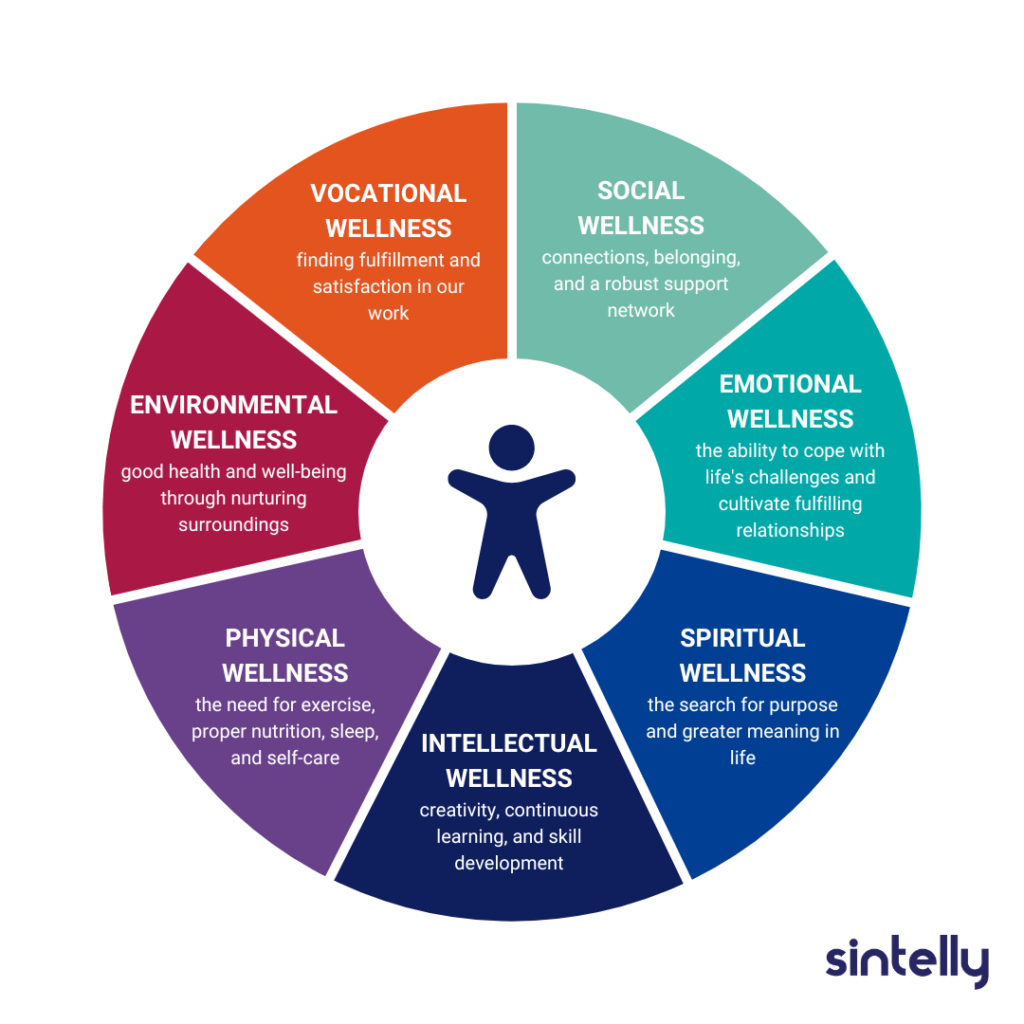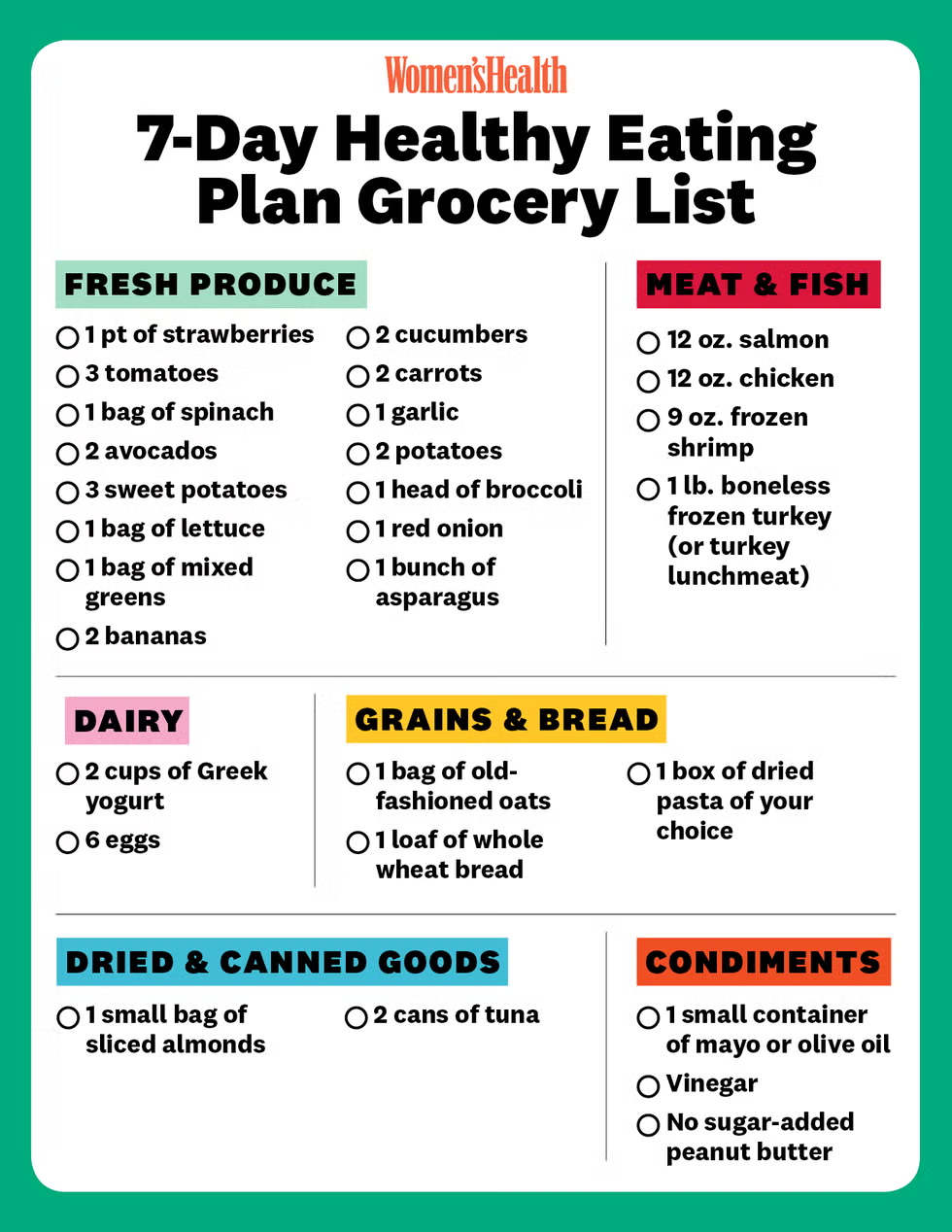“Crafting Your Path to Wellness: A Comprehensive Guide to Healthy Meal Planning
With great pleasure, we will delve into the fascinating topic of Crafting Your Path to Wellness: A Comprehensive Guide to Healthy Meal Planning. Come along as we weave together engaging insights and offer a fresh perspective to our readers.
About Video Crafting Your Path to Wellness: A Comprehensive Guide to Healthy Meal Planning
Crafting Your Path to Wellness: A Comprehensive Guide to Healthy Meal Planning

In the pursuit of a healthier lifestyle, the importance of a well-structured meal plan cannot be overstated. It’s more than just a diet; it’s a roadmap to nourish your body, achieve your goals, and feel your best. This comprehensive guide will walk you through the process of creating a healthy meal plan, providing you with the knowledge and tools to make sustainable changes that will positively impact your well-being.
Why Meal Planning Matters
Before diving into the how-to, let’s explore the compelling reasons why meal planning is a game-changer:
- Improved Nutrition: Meal planning allows you to consciously select nutrient-rich foods, ensuring you’re meeting your daily requirements for vitamins, minerals, and macronutrients. You’re less likely to grab processed, unhealthy options when you have a plan in place.
- Weight Management: By controlling portion sizes and the types of foods you consume, meal planning can be a powerful tool for weight loss, weight maintenance, or healthy weight gain.
- Time Savings: Contrary to the belief that it’s time-consuming, meal planning actually saves you time in the long run. No more last-minute dinner scrambles or endless scrolling through food delivery apps.
- Reduced Food Waste: Planning your meals helps you buy only what you need, reducing the amount of food that ends up in the trash.
- Financial Benefits: Eating out and ordering takeout can be expensive. Meal planning allows you to cook at home more often, saving you money.
- Stress Reduction: Knowing what you’re going to eat each day eliminates the daily stress of deciding what to cook or where to eat.
- Better Control Over Ingredients: When you cook at home, you have complete control over the ingredients you use, avoiding hidden sugars, unhealthy fats, and artificial additives.

Getting Started: Laying the Foundation
Before you start mapping out your meals, consider these essential steps:
-
Assess Your Current Diet:
- Keep a food journal for a week to track everything you eat and drink. This will provide valuable insights into your eating habits, including strengths and weaknesses.
- Analyze your intake of macronutrients (carbohydrates, protein, and fats) and micronutrients (vitamins and minerals). Are you meeting your daily requirements?
- Identify any unhealthy patterns, such as excessive snacking, sugary drinks, or frequent fast-food meals.

-
Define Your Goals:
- What do you hope to achieve with your meal plan? Are you aiming to lose weight, gain muscle, improve your energy levels, or manage a specific health condition?
- Be specific and realistic. For example, instead of saying "I want to lose weight," set a goal like "I want to lose 1-2 pounds per week."
-
Determine Your Calorie Needs:
- Use an online calorie calculator or consult with a registered dietitian to determine your daily calorie needs based on your age, gender, activity level, and goals.
- Remember that calorie needs vary from person to person.
-
Consider Your Dietary Preferences and Restrictions:
- Do you have any allergies, intolerances, or dietary restrictions (e.g., vegetarian, vegan, gluten-free)?
- What foods do you enjoy eating?
- What foods do you dislike?
- Are there any cultural or religious considerations that influence your food choices?

Building Your Meal Plan: A Step-by-Step Guide
Now, let’s get into the practical steps of creating your meal plan:
-
Choose Your Meal Frequency:
- Decide how many meals and snacks you want to include in your plan. Most people find that three meals and one or two snacks per day work well.
- Consider your schedule and lifestyle. If you’re busy during the day, you might prefer to have larger meals and fewer snacks.
-
Select Your Foods:
- Focus on whole, unprocessed foods that are rich in nutrients.
- Include a variety of foods from each food group:
- Fruits: Apples, bananas, berries, oranges, grapes, etc.
- Vegetables: Broccoli, spinach, carrots, peppers, tomatoes, etc.
- Whole Grains: Brown rice, quinoa, oats, whole-wheat bread, etc.
- Lean Protein: Chicken, fish, beans, lentils, tofu, eggs, etc.
- Healthy Fats: Avocados, nuts, seeds, olive oil, etc.
- Prioritize lean protein sources to support muscle growth and satiety.
- Choose complex carbohydrates over simple carbohydrates to provide sustained energy.
- Incorporate healthy fats to support hormone production and overall health.
-
Plan Your Meals:
- Start by planning your main meals (breakfast, lunch, and dinner).
- Use a meal planning template or app to organize your ideas.
- Write down specific recipes or meal ideas for each day of the week.
- Consider batch cooking to save time during the week.
- Example meal plan:
- Monday:
- Breakfast: Oatmeal with berries and nuts
- Lunch: Salad with grilled chicken or chickpeas
- Dinner: Baked salmon with roasted vegetables
- Tuesday:
- Breakfast: Greek yogurt with fruit and granola
- Lunch: Leftover baked salmon and vegetables
- Dinner: Lentil soup with whole-wheat bread
- Wednesday:
- Breakfast: Smoothie with spinach, banana, and protein powder
- Lunch: Turkey or tofu sandwich on whole-wheat bread with a side salad
- Dinner: Chicken stir-fry with brown rice
- Thursday:
- Breakfast: Eggs with whole-wheat toast and avocado
- Lunch: Leftover chicken stir-fry
- Dinner: Vegetarian chili with cornbread
- Friday:
- Breakfast: Chia seed pudding with fruit
- Lunch: Salad with black beans, corn, and salsa
- Dinner: Homemade pizza on whole-wheat crust with lots of vegetables
- Monday:
-
Plan Your Snacks:
- Choose healthy snacks that will keep you feeling full and satisfied between meals.
- Examples of healthy snacks:
- Fruits (apple, banana, berries)
- Vegetables (carrots, celery) with hummus
- Nuts and seeds
- Greek yogurt
- Hard-boiled eggs
- Popcorn (air-popped)
- Rice cakes with avocado
-
Create a Shopping List:
- Once you have your meal plan in place, create a detailed shopping list based on the ingredients you need.
- Organize your shopping list by grocery store section to make shopping easier and more efficient.
- Stick to your shopping list to avoid impulse purchases of unhealthy foods.
-
Prepare Your Meals:
- Set aside time each week to prepare your meals in advance.
- This could involve chopping vegetables, cooking grains, or marinating protein.
- Store your meals in airtight containers in the refrigerator or freezer.
- Consider batch cooking to save time.
Tips for Success
- Be Patient: It takes time to develop new habits. Don’t get discouraged if you slip up occasionally. Just get back on track as soon as possible.
- Be Flexible: Life happens. Don’t be afraid to adjust your meal plan as needed to accommodate unexpected events or changes in your schedule.
- Listen to Your Body: Pay attention to your hunger and fullness cues. Don’t force yourself to eat if you’re not hungry, and don’t deprive yourself if you’re feeling hungry.
- Stay Hydrated: Drink plenty of water throughout the day.
- Get Support: Enlist the help of a friend, family member, or registered dietitian to support you on your journey.
- Track Your Progress: Keep a food journal or use a tracking app to monitor your progress and identify areas for improvement.
- Celebrate Your Successes: Acknowledge and celebrate your accomplishments along the way.
The Long-Term View
Meal planning is not a one-size-fits-all solution. It’s a process that requires ongoing adjustments and refinements. As your needs and goals change, your meal plan should evolve accordingly. The key is to find a sustainable approach that works for you and that you can maintain over the long term.
By following the steps outlined in this guide, you can create a healthy meal plan that will help you nourish your body, achieve your goals, and live a healthier, happier life. Remember, it’s a journey, not a destination. Embrace the process, be patient with yourself, and enjoy the many benefits that meal planning has to offer.

